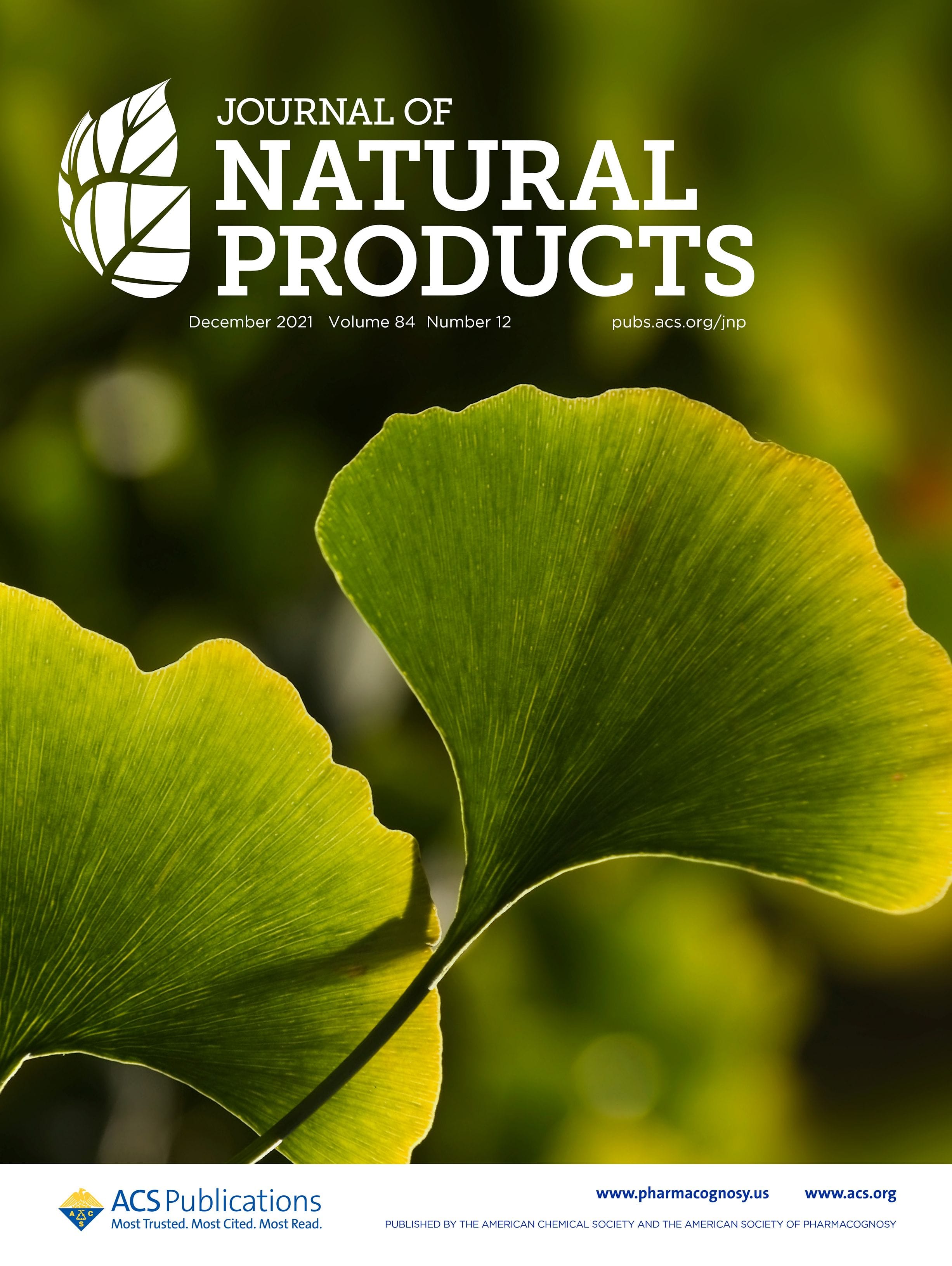Australia’s invasive cane toads are a scourge to native species, poisoning predators with toxic secretions. But now researchers have discovered that bacteria in the glands of adult cane toads transform these toxins into hydroxylated versions found in cane toad eggs and tadpoles. Manipulating this microbe-mediated toxin transformation could offer a new route for controlling the […]

Australia’s invasive cane toads are a scourge to native species, poisoning predators with toxic secretions. But now researchers have discovered that bacteria in the glands of adult cane toads transform these toxins into hydroxylated versions found in cane toad eggs and tadpoles. Manipulating this microbe-mediated toxin transformation could offer a new route for controlling the exploding cane toad population in Australia, the researchers say.
In 1935, about 100 cane toads (Rhinella marina) were released in sugar cane fields in northeastern Australia to control beetles eating the sugar cane. Today, an estimated 1.5 billion toads have spread thousands of miles across the continent, killing native species, to the brink of extinction in some cases. When predators munch on a cane toad, milky secretions full of a family of steroidal toxins called bufagenins ooze from the parotoid glands on the toad’s shoulders.
Microbes in the shoulder glands of cane toads hydroxylate marinobufagenin at the highlighted location, producing 11α-hydroxymarinobufagenin.
Robert J. Capon of the University of Queensland previously found that Gram-negative bacteria isolated from these glands could completely degrade bufagenins. The researchers wondered if other bacteria from the cane toad microbiome could also alter bufagenins, producing some of the types observed in cane toad eggs and tadpoles.
The researchers isolated three different strains of Gram-positive Bacillus species from the parotoid glands of two toads collected on campus. They fed the bacteria one of four different bufagenins produced by adult toads. After seven days, the researchers isolated compounds in the culture and found hydroxylated bufagenins. These derivatives are also found on cane toad eggs and tadpoles. In nature these modified toxins originate with the mother and are thought be modified in ways that protect the tadpoles and eggs in aquatic environments.
Capon speculates that a toad’s microbiome could hold clues to controlling the toad population. Inoculating the toads with other microbes that might change the bufagenin modifications as the adult females pass toxins to their eggs could be a helpful strategy, for example. “Would that reduce the viability of the eggs?” he wonders.
